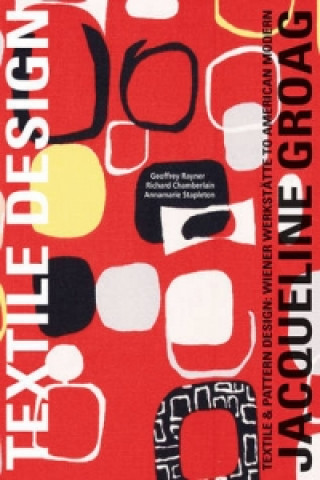
Kod: 04295991
Jacqueline Groag: Textile Designer
Autor Geoff Rayner
Jacqueline Groag was probably the most influential textile designer in Britain in the post Second World War era. Although originally Czech, she studied textile and pattern design in Austria with the Secessionist architect and desi ... więcej
- Język:
 Angielski
Angielski - Oprawa: Miękka
- Liczba stron: 184
Wydawca: ACC Art Books, 2009
- Więcej informacji o książce

36.18 €
Zwykle: 42.63 €
Oszczędzasz 6.44 €
Dostępność:
50 % szansa Otrzymaliśmy informację, że książka może być ponownie dostępna. Na podstawie państwa zamówienia, postaramy się książkę sprowadzić w terminie do 6 tygodni. Gwarancja pełnego zwrotu pieniędzy, jeśli książka nie zostanie zabezpieczona.
Otrzymaliśmy informację, że książka może być ponownie dostępna. Na podstawie państwa zamówienia, postaramy się książkę sprowadzić w terminie do 6 tygodni. Gwarancja pełnego zwrotu pieniędzy, jeśli książka nie zostanie zabezpieczona.Przeszukamy cały świat
Zobacz książki o podobnej tematyce
-
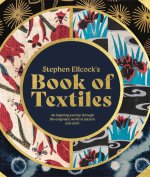
Book of Textiles
29.84 € -4 % -

Fashion Patternmaking Techniques for Accessories: Shoes, Bags, Hats, Gloves, Ties, Buttons and Dog Clothing
31.38 € -10 % -
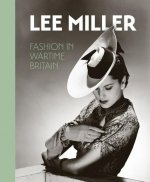
Lee Miller. Fashion in Wartime Britain
44.77 € -
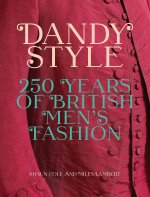
Dandy Style
31.58 € -14 % -
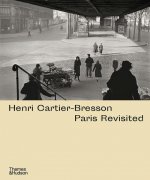
Henri Cartier-Bresson: Paris Revisited
42.83 € -14 % -

Ascher The Mad Silkman
55 € -8 % -

Poses for Fashion Illustration (Card Box)
21.46 € -23 % -

The Tilda Characters Collection
18.70 € -23 % -
![Fashion Patternmaking Techniques - Haute couture [Vol 1] Fashion Patternmaking Techniques - Haute couture [Vol 1]](https://media.libris.to/jacket/12985659t.jpg)
Fashion Patternmaking Techniques - Haute couture [Vol 1]
30.56 € -23 % -
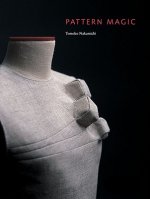
Pattern Magic
21.97 € -23 % -
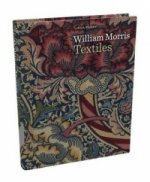
William Morris Textiles
42.22 € -15 % -

Textile Futures
62.56 € -
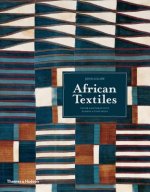
African Textiles
25.45 € -19 % -
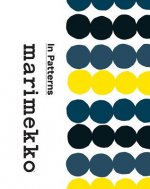
Marimekko: In Patterns
48.35 € -
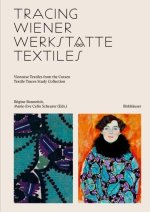
Tracing Wiener Werkstätte Textiles
57.96 € -1 % -
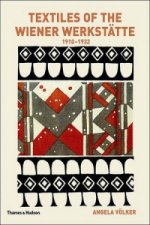
Textiles of the Wiener Werkstatte 1910-1932
33.93 € -
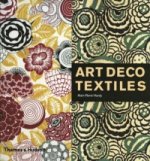
Art Deco Textiles
47.12 € -

The Book of Change
27.39 € -23 % -
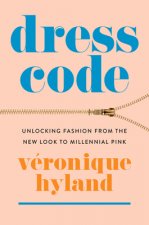
Dress Code
12.26 € -23 % -

Children of Dune
8.78 € -22 % -

Architectures of Weaving
38.13 € -

Lonely Planet California & Southwest USA's National Parks
16.86 € -10 % -

The Fabric of Civilization
17.47 € -10 % -

Listening to Clay
53.36 € -18 % -
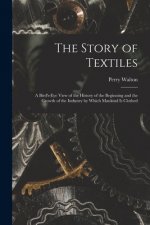
Story of Textiles
30.87 € -
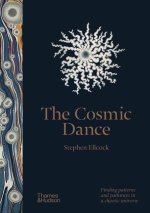
The Cosmic Dance
27.49 € -22 % -
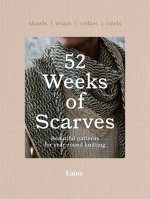
52 Weeks of Scarves
21.15 € -19 % -
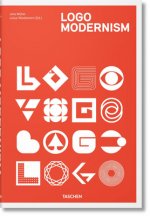
Logo Modernism
57.96 € -2 % -
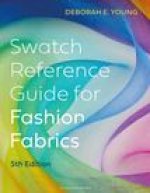
Swatch Reference Guide for Fashion Fabrics
236.37 € -

Textile Portraits: People and Places in Textile Art
27.39 € -23 % -

Margit's Fiber Art: New Directions
16.14 € -
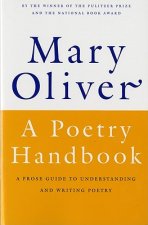
Poetry Handbook
13.28 € -23 % -

How to Beat the Sicilian Defence
30.66 € -2 % -

Alternatives in Education
35.98 € -
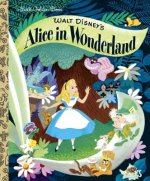
Walt Disney's Alice in Wonderland
6.23 € -17 % -
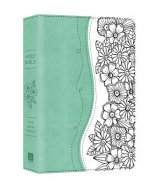
The Personal Reflections KJV Bible
42.22 € -4 % -
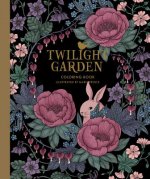
Twilight Garden Coloring Book
15.02 € -22 % -
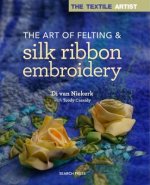
Textile Artist: The Art of Felting & Silk Ribbon Embroidery
19.82 € -23 % -

Making of Star Wars
54.28 € -23 % -
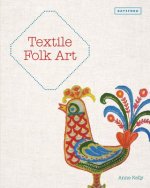
Textile Folk Art
30.66 € -2 % -
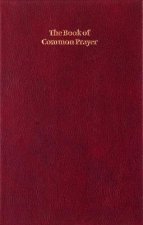
Book of Common Prayer, Enlarged Edition, Burgundy, CP420 701B Burgundy
19.21 € -10 % -
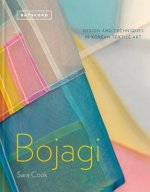
Bojagi - Korean Textile Art
28.41 € -13 % -

Hide-and-Seek, Baby Shark! Doo Doo Doo Doo Doo Doo
8.37 € -19 % -

NIV Larger Print Soft-tone Bible
40.68 € -13 % -
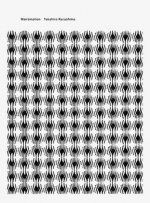
Moiremotion
27.90 € -7 % -

Secret History
11.03 € -15 % -

Lost Metal
11.24 € -25 % -
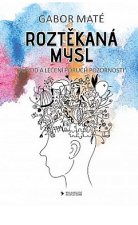
Roztěkaná mysl
23.61 € -4 % -
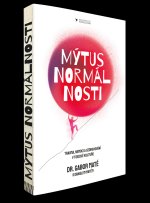
Mýtus normálnosti
32.09 € -8 %
Podaruj tę książkę jeszcze dziś
- Zamów książkę i wybierz "Wyślij jako prezent".
- Natychmiast wyślemy Ci bon podarunkowy, który możesz przekazać adresatowi prezentu.
- Książka zostanie wysłana do adresata, a Ty o nic nie musisz się martwić.
Powiadomienie o dostępności
Wpisz swój adres e-mail, aby otrzymać od nas powiadomienie,
gdy książka będzie dostępna. Proste, prawda?
Więcej informacji o Jacqueline Groag: Textile Designer
Za ten zakup dostaniesz 90 punkty
 Opis
Opis
Jacqueline Groag was probably the most influential textile designer in Britain in the post Second World War era. Although originally Czech, she studied textile and pattern design in Austria with the Secessionist architect and designer Josef Hoffmann, in the 1920s. During the late twenties and early thirties she designed textiles for the Wiener Werkstatte in Vienna and subsequently designed and produced unique hand printed lengths of fabrics for many of the leading Parisian fashion houses, including Chanel, Lanvin, Worth, Schiaparelli and Paul Poiret. She was awarded a gold medal for textile design at the Milan Triennale in 1933 and another gold medal for printed textiles at the Paris World Fair in 1937. Jacqueline was not only a serious and highly respected contender in the field of textile and pattern design but, with her husband, the Modernist architect Jacques Groag, was also deeply immersed in the intellectual life of Vienna. In 1938, the sophisticated world of Jacques and Jacqueline was brutally shattered when the Anschluss, the political unification of Austria and Germany, occurred and the German army entered Vienna. Faced with the actuality of the Nazi terror the Groags, who were Jewish, fled to Czechoslovakia and their home city of Prague. After a brief respite in Prague they were once more forced to flee in 1939, this time to London. On their arrival in England they were welcomed and championed by leading members of the British design fraternity, amongst whom were Sir Gordon Russell, the doyen of British architects Sir Charles Reilly and Jack Pritchard, founder of the modernist design company, Isokon. From 1940 until her death in 1986, Jacqueline had a long and successful career. Much of the Contemporary style of the textiles and wallpapers shown at the 1951 Festival of Britain were heavily indebted to her influential designs of the 1940s. Many examples of her work were featured prominently at the Festival and from then on she became a major influence on pattern design internationally. She developed a large client group in the United States during the fifties and sixties, amongst whom were Associated American Artists, Hallmark Cards and American Greetings Ohio. In the later 1950s and throughout the 1960s, she became increasingly involved with Sir Misha Black and the Design Research Unit (D.R. U.), working on the interiors for boats and planes and trains, particularly the design of textiles and plastic laminates for BOAC and British Rail. One of her last commissions from Misha Black, in the mid-seventies was a distinctive moquette for London Transport, for seating on both buses and tube trains. Her work and influence did not just extend to the large corporations and exclusive couturiers but was familiar to the general public through stores and companies such as John Lewis, Liberty of London, David Whitehead, Edinburgh Weavers, Sandersons, Warerite and Formica. Her remarkable achievement finally received public recognition in 1984 when, at the age of 81, she was made an R.D.I. - a Royal Designer for Industry - the ultimate accolade for any designer in Britain. It had been a long time coming, during which she had determinedly overcome anti-semitism, rampant misogyny and xenophobia. She died in London in 1986 at the age of 83.
 Szczegóły książki
Szczegóły książki
Kategoria Books in English The arts Industrial / commercial art & design Fashion & textiles: design
36.18 €
- Pełny tytuł: Jacqueline Groag: Textile Designer
- Autor: Geoff Rayner
- Język:
 Angielski
Angielski - Oprawa: Miękka
- Liczba stron: 184
- EAN: 9781851495900
- ISBN: 1851495908
- ID: 04295991
- Wydawca: ACC Art Books
- Waga: 1102 g
- Wymiary: 268 × 217 × 18 mm
- Data wydania: 01. October 2009
Ulubione w innej kategorii
-
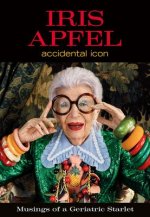
Iris Apfel
26.88 € -23 % -
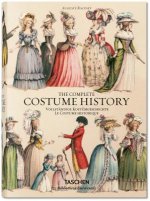
Auguste Racinet. The Costume History
21.97 € -23 % -
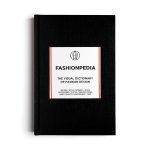
Fashionpedia
38.43 € -16 % -

Pattern Magic 2
25.24 € -11 % -
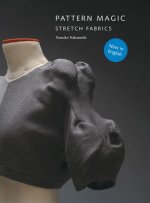
Pattern Magic
22.59 € -21 % -
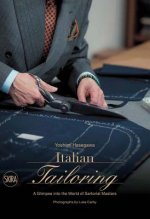
Italian Tailoring
39.25 € -23 % -
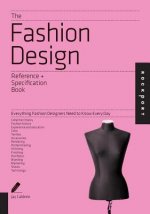
Fashion Design Reference & Specification Book
22.69 € -12 % -
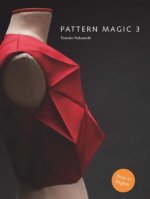
Pattern Magic 3
21.97 € -23 % -
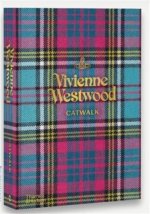
Vivienne Westwood Catwalk
71.36 € -4 % -
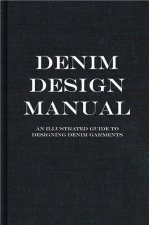
Denim Manual
31.68 € -15 % -

19th-Century Fashion in Detail (Victoria and Albert Museum)
27.39 € -23 % -

Book of Pockets
56.63 € -

Finishers' Manual - Containing the Receipts of an Expert for Finishing the Bottoms of Boots and Shoe, as Well as Other Valuable Information
21.56 € -

Home Book to Learn Expert Shoe Repairing
14.71 € -
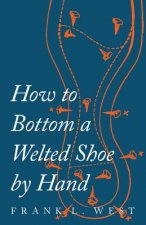
How to Bottom a Welted Shoe by Hand
21.56 € -
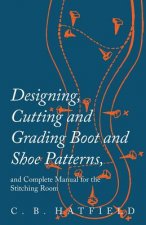
Designing, Cutting and Grading Boot and Shoe Patterns, and Complete Manual for the Stitching Room
27.39 € -
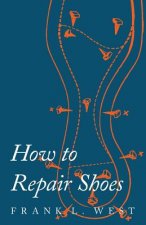
How to Repair Shoes
22.28 € -

Sneakers
21.36 € -17 % -

World of Anna Sui
37 € -13 % -

Chanel Catwalk
65.02 € -13 % -

Sneaker Freaker. The Ultimate Sneaker Book
51.32 € -

Little Guides to Style
49.27 € -21 % -

Patternmaking for Fashion Design
89.55 € -
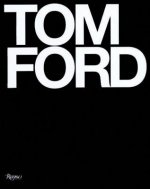
Tom Ford
110.62 € -21 % -
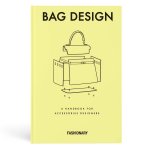
Fashionary Bag Design
31.17 € -23 % -
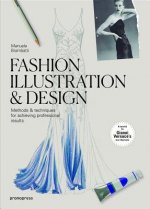
Fashion Illustration and Design
26.88 € -8 % -
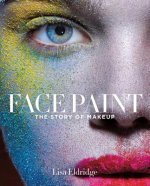
Face Paint
26.78 € -20 % -
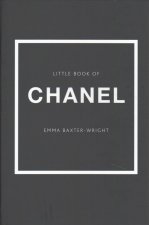
Little Book of Chanel
14 € -24 % -

Supreme
39.97 € -6 % -

Dior Catwalk : The Complete Collections
65.02 € -13 % -

It
16.25 € -4 % -

Hermes pop-up
23.10 € -19 % -

For the Love of Bags
40.68 € -

Chanel
36.39 € -14 % -
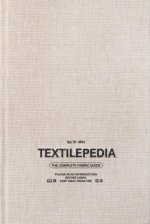
Textilepedia
34.34 € -23 % -
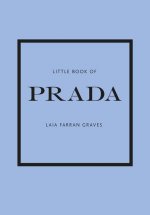
Little Book of Prada
14 € -24 % -
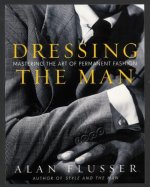
Dressing the Man
46.82 € -16 % -
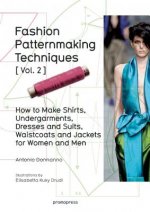
Fashion Patternmaking Techniques: Women/Men How to Make Shirts, Undergarments, Dresses and Suits, Waistcoats, Men's Jackets
34.75 € -
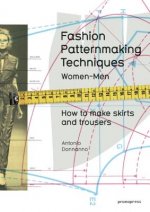
Fashion Patternmaking Techniques
35.67 € -

Italian Gentleman
31.79 € -16 % -
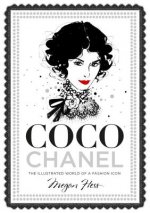
Coco Chanel
19.52 € -10 % -

Fashion Business Manual
35.67 € -10 % -

Postcards from Vogue
16.86 € -23 % -
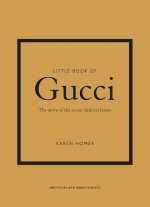
Little Book of Gucci
14 € -24 % -
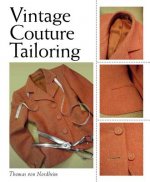
Vintage Couture Tailoring
30.36 € -14 % -

Martin Margiela
86.59 € -
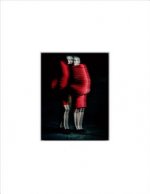
Rei Kawakubo/Comme des Garcons
48.15 € -5 % -

Medieval Tailor's Assistant
44.87 € -
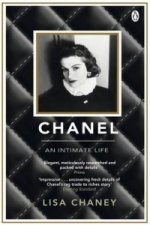
Chanel
13.08 € -22 %
Collection points Bratislava a 2642 dalších
Copyright ©2008-24 najlacnejsie-knihy.sk All rights reservedPrivacyCookies


 15549 collection points
15549 collection points Delivery 2.99 €
Delivery 2.99 € 02/210 210 99 (8-15.30h)
02/210 210 99 (8-15.30h)